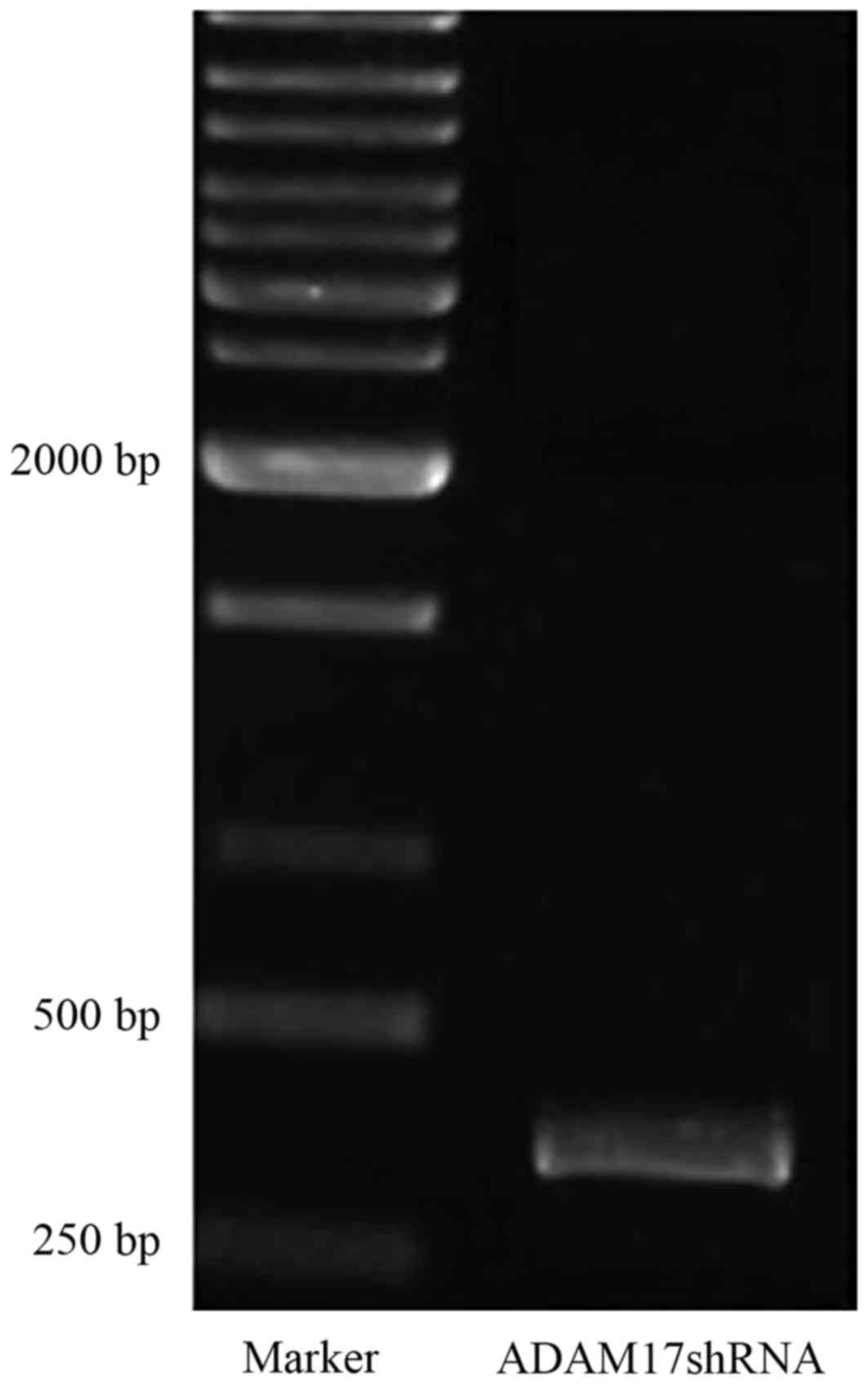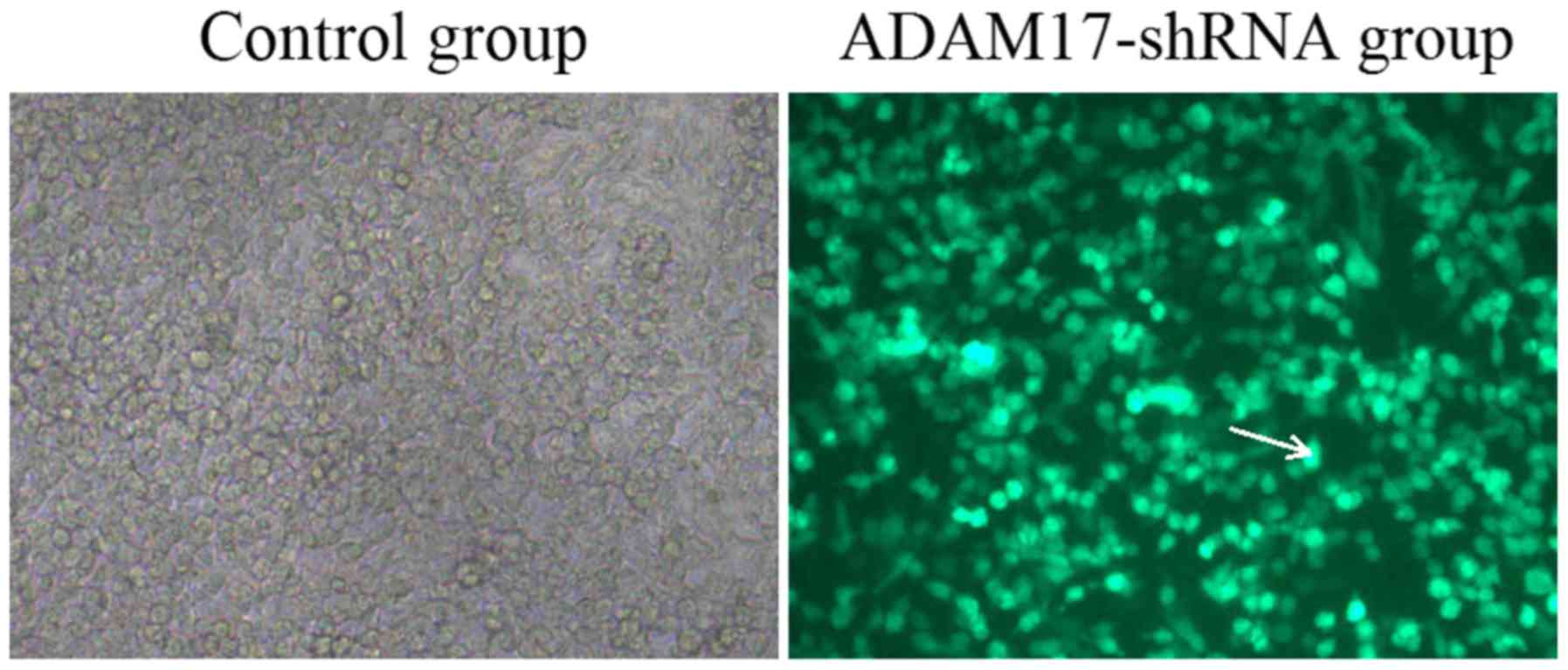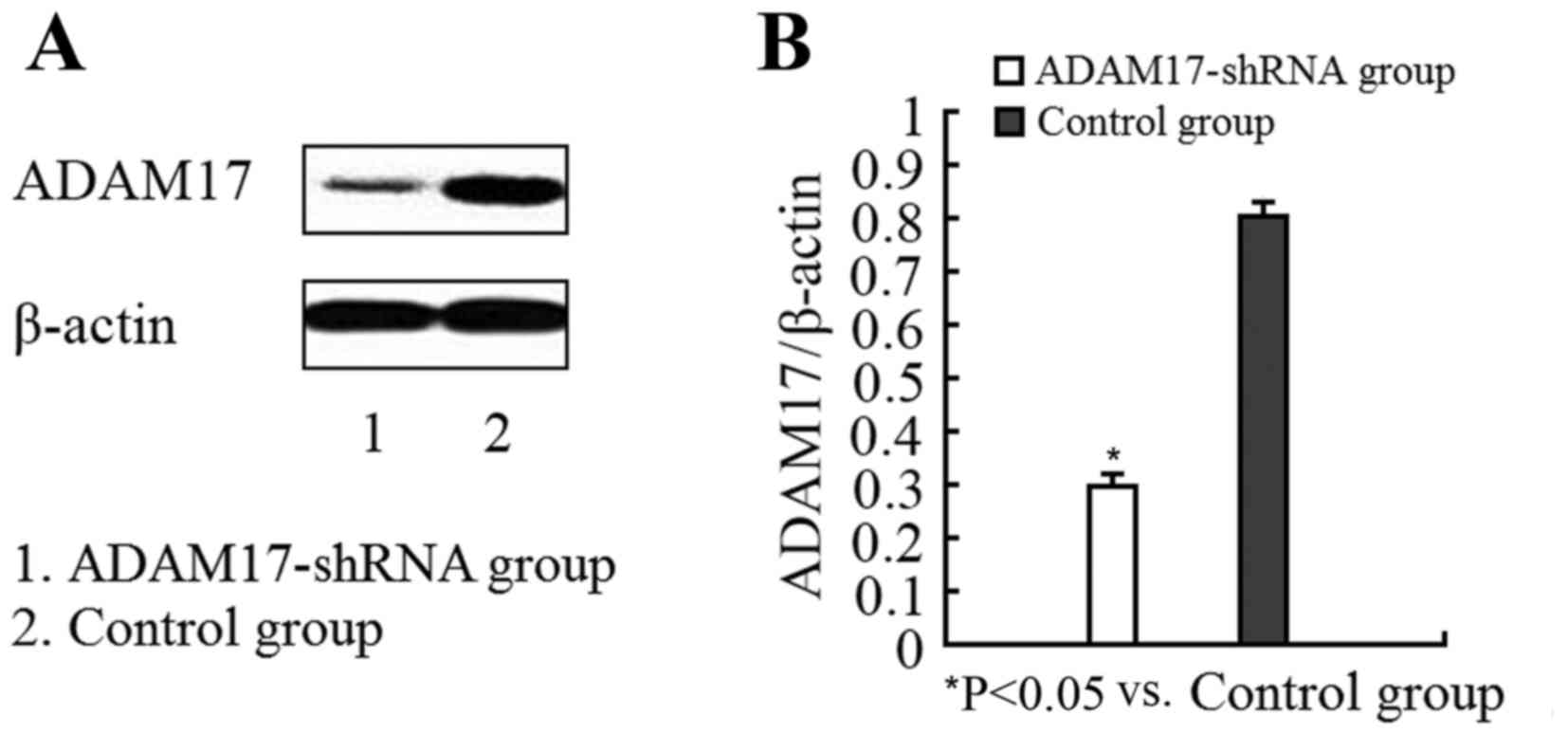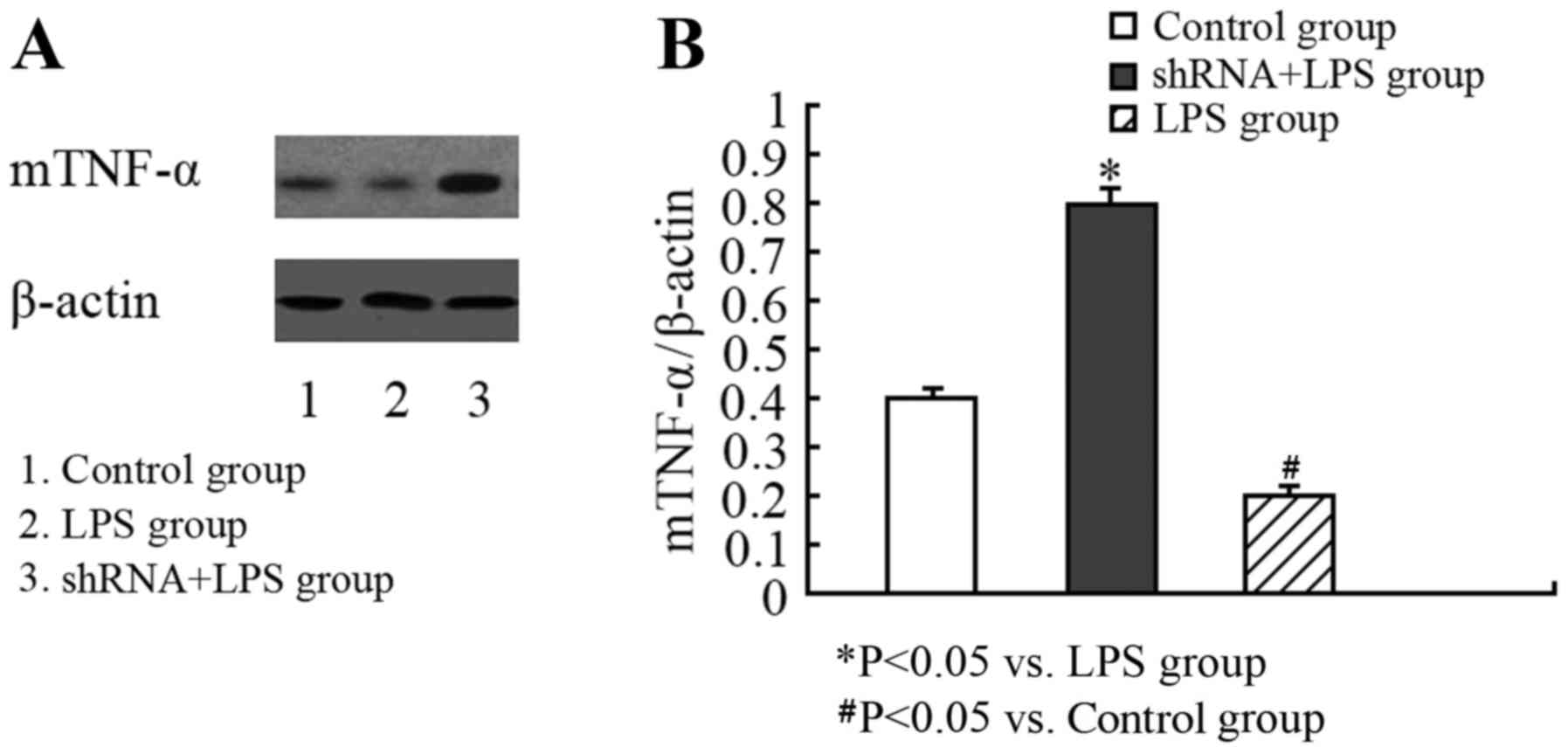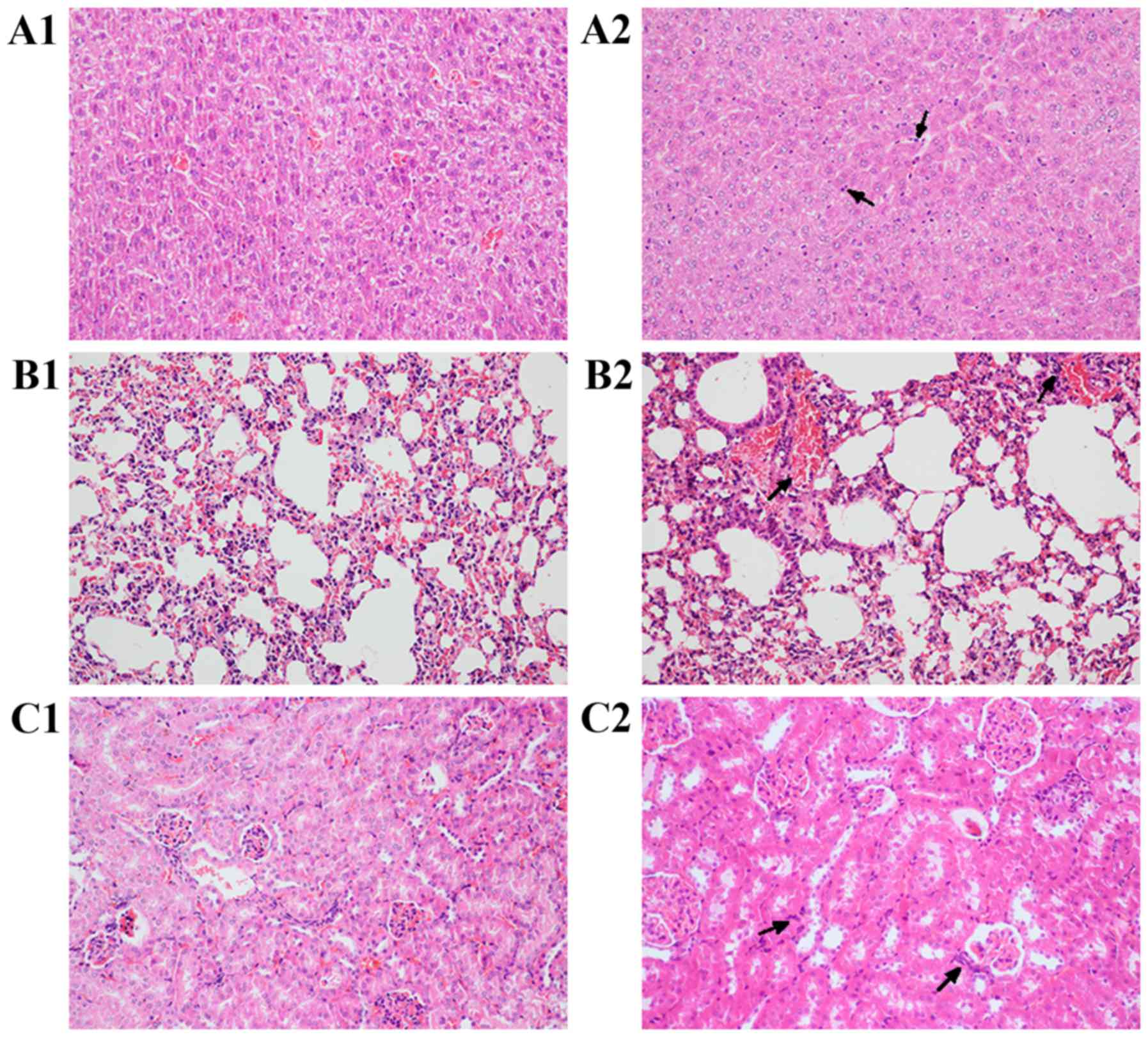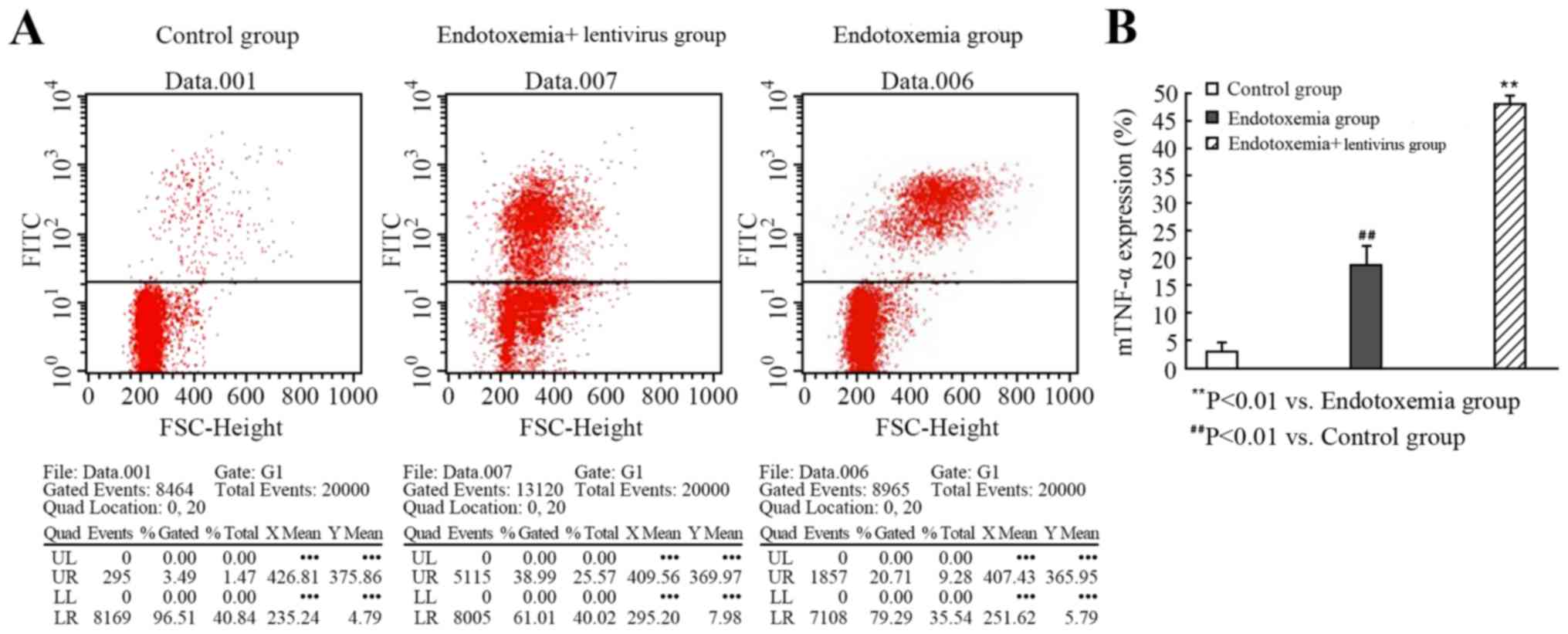|
1
|
Zheng Z, Jiany L, Ye L, Gao Y, Tang L and
Zhang M: The accuracy of presepsin for the diagnosis of sepsis from
SIRS: A systematic review and meta-analysis. Ann Intensive Care.
5:482015. View Article : Google Scholar : PubMed/NCBI
|
|
2
|
Ratzinger F, Schuardt M, Eichbichler K,
Tsirkinidou I, Bauer M, Haslacher H, Mitteregger D, Binder M and
Burgmann H: Utility of sepsis biomarkers and the infection
probability score to discriminate sepsis and systemic inflammatory
response syndrome in standard care patients. PLoS One.
8:e829462013. View Article : Google Scholar : PubMed/NCBI
|
|
3
|
Kim JH, Seo JW, Mok JH, Kim MH, Cho WH,
Kim KU, Jeon D, Park HK, Kim YS, Kim HH and Lee MK: Usefulness of
plasma procalcitonin to predict severity in elderly patients with
community-acquired pneumonia. Tuberc Respir Dis (Seoul).
74:207–214. 2013. View Article : Google Scholar : PubMed/NCBI
|
|
4
|
Moss ML, Jin Sl, Milla ME, Bickett DM,
Burkhart W, Carter HL, Chen WJ, Clay WC, Didsbury JR, Hassler D, et
al: Cloning of a disintegrin metalloproteinase that processes
precursor tumour-necrosis factor-alpha. Nature. 385:733–736. 1997.
View Article : Google Scholar : PubMed/NCBI
|
|
5
|
Kamisoglu K, Haimovich B, Calvano SE,
Coyle SM, Corbett SA, Langley RJ, Kingsmore SF and Androulakis IP:
Human metabolic response to systemic inflammation: Assessment of
the concordance between experimental endotoxemia and clinical cases
of sepsis/SIRS. Crit Care. 19:712015. View Article : Google Scholar : PubMed/NCBI
|
|
6
|
Rampanelli E, Dessing MC, Claessen N,
Teske GJ, Joosten SP, Pals ST, Leemans JC and Florquin S:
CD44-deficiency attenuates the immunologic responses to LPS and
delays the onset of endotoxic shock-induced renal inflammation and
dysfunction. PLoS One. 8:e844792013. View Article : Google Scholar : PubMed/NCBI
|
|
7
|
Yu CW, Juan LI, Hsu SC, Chen CK, Wu CW,
Lee CC and Wu JY: Role of procalcitonin in the diagnosis of
infective endocarditis: A meta-analysis. Am J Emerg Med.
31:935–941. 2013. View Article : Google Scholar : PubMed/NCBI
|
|
8
|
Azevedo JR, Torres OJ, Czeczko NG, Tuon
FF, Nassif PA and Souza GD: Procalcitonin as a prognostic biomarker
of severe sepsis and septic shock. Rev Col Bras Cir. 39:456–461.
2012.(In English, Portuguese). View Article : Google Scholar : PubMed/NCBI
|
|
9
|
Shu J, He X, Zhang L, Li H, Wang P and
Huang X: Human amnion messnchrmal cells inhibit
lipopolysaceharide-induced TNF-α and IL-1β production in THP-1
cells. Bio Res. 48:692015. View Article : Google Scholar
|
|
10
|
Olofsson PS, Rosas-Ballina M, Levine YA
and Tracey KJ: Rethinkinginflammation: Neural circuit s in the
regulation of immunity. Immunol Rev. 248:188–204. 2012. View Article : Google Scholar : PubMed/NCBI
|
|
11
|
Liu Y, Quang P, Braggio E, Badalian-Very
G, Flores L, Zhang Y, Sacco A, Maiso P, Azab AK, Azab F, et al:
Novel tumor suppressor function of glucocorticoid-induced TNF
receptor GITR in multiple myeloma. PLoS One. 8:e669822013.
View Article : Google Scholar : PubMed/NCBI
|
|
12
|
Er A and Dik B: The effects of florfenicol
on the values of serum tumor necrosis factor-α and other
biochemical markers in lipopolysaccharide-induced endotoxemia in
brown trout. Mediators Inflamm. 2014:4643732014. View Article : Google Scholar : PubMed/NCBI
|
|
13
|
Locksley RM, Killeen N and Lenardo MJ: The
TNF and TNF receptor superfamilies: Integrating mammalian biology.
Cell. 104:487–501. 2001. View Article : Google Scholar : PubMed/NCBI
|
|
14
|
Lee YJ, Park CH, Yun JW and Lee YS:
Predictive comparisons of procalcitonin (PCT) level, arterial
ketone body ratio (AKBR), APACHE III score and multiple organ
dysfunction score (MODS) in systemic inflammatory response syndrome
(SIRS). Yonsei Med J. 45:29–37. 2004. View Article : Google Scholar : PubMed/NCBI
|
|
15
|
National Research Council (US) Committee
for the Update of the Guide for the Care and Use of Laboratory
Animals: Guide for the Care and Use of Laboratory Animals. 8th
edition. National Academies Press; Washington (DC): pp. 11–35.
2011
|
|
16
|
Fan J, Shek PN, Suntres ZE, Li YH,
Oreopoulos GD and Rotstein OD: Liposomal antioxidants provide
prolonged protection against acute respiratory distress syndrome.
Surgery. 128:332–338. 2000. View Article : Google Scholar : PubMed/NCBI
|
|
17
|
Salem ES, Grobe N and Elased KM: Insulin
treatment attenuates renal ADAM17 and ACE2 shedding in diabetic
Akita mice. Am J Physiol Renal Pyhsiol. 306:F629–F639. 2014.
View Article : Google Scholar
|
|
18
|
Nicoll JA, Wilkinson D, Holmes C, Steart
P, Markham H and Weller RO: Neuropathology of human Alzheimer
disease after immunization with amyloid-beta peptide: A case
report. Nat Med. 9:448–452. 2003. View
Article : Google Scholar : PubMed/NCBI
|
|
19
|
Katzourakis A, Tristem M, Pybus OG and
Gifford RJ: Discovery and analysis of the first endogenous
lentivirus. Proc Natl Acad Sci USA. 104:6261–6265. 2007; View Article : Google Scholar : PubMed/NCBI
|
|
20
|
Chai N, Chang HE, Nicolas E, Gudima S,
Chang J and Taylor J: Assembly of hepatitis B virus envelope
proteins onto a lentivirus pseudotype that infect sprimary human
hepatocytes. J Virol. 81:10897–10904. 2007. View Article : Google Scholar : PubMed/NCBI
|
|
21
|
Huynh T, Uaesoontrachoon K, Quinn JL,
Tatem KS, Heier CR, Van Der Meulen JH, Yu Q, Harris M, Nolan CJ,
Haegeman G, et al: Selective modulation through the glucocorticoid
receptor ameliorates muscle pathology in mdx mice. J Pathol.
231:223–235. 2013. View Article : Google Scholar : PubMed/NCBI
|
|
22
|
Hope TJ: VIROLOGY. Visualizing
trans-infection. Scinence. 350:511–512. 2015. View Article : Google Scholar
|



